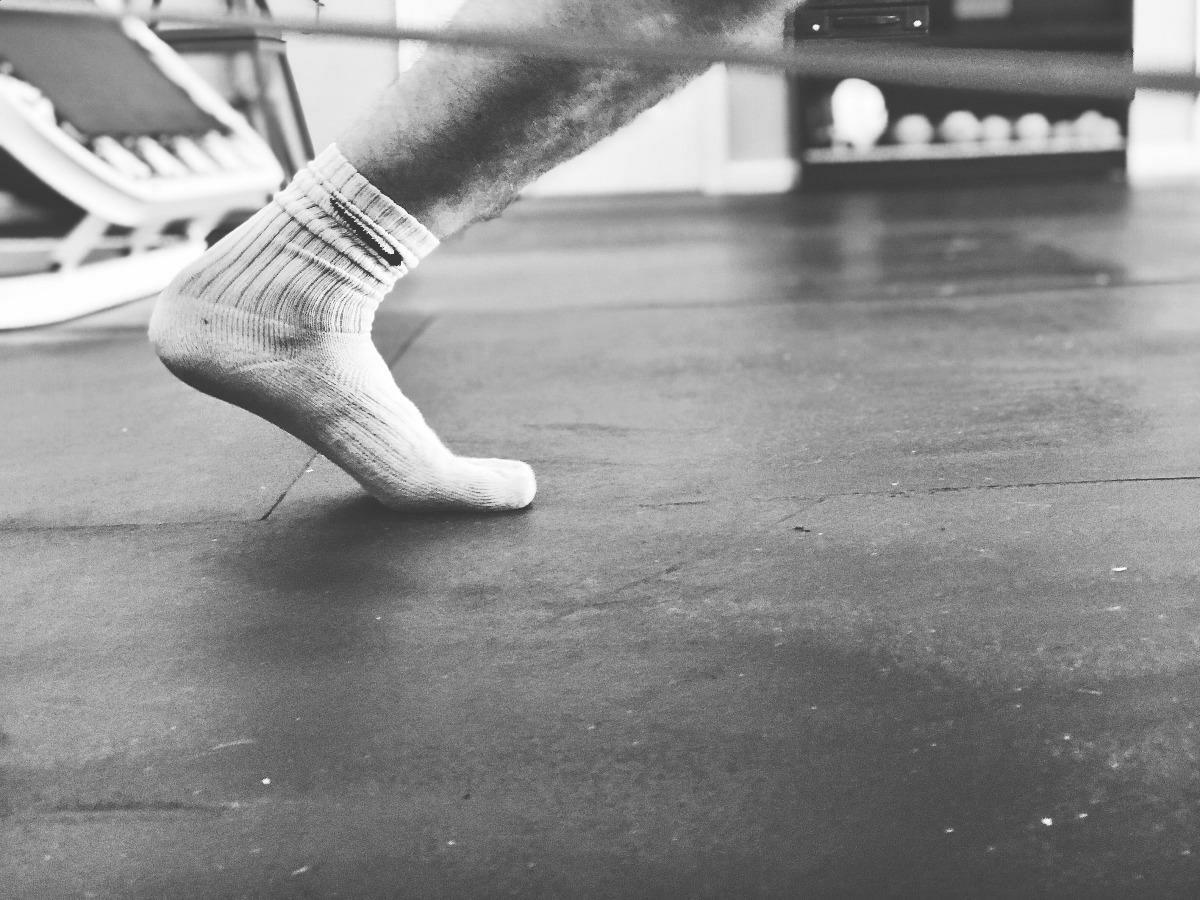
As a multidisciplinary clinic, we have the opportunity to treat patients of all walks of life dealing with a variety of injuries. We use a combination of modalities and treatment models to find a plan that works - this might include chiropractic treatment in conjunction with physical therapy or either one of those models alone.
If you are dealing with an injury that falls in any of the following categories, physical therapy may be the route that works best for you. The following list is not exhaustive, but will merely scratch the surface of the plethora of injuries physical therapy can benefit. Regardless of your specific injury, one of our physical therapists here at Knoxville Spine and Sports will work to alleviate your current symptoms and will also work with you to create an at-home exercise program to aid the healing process and prevent further injury.
Listed below are some of the more common sports-related injuries treated by physical therapists.
#1 - “Pulled” Muscles - Muscle strains typically occur at high speed when the muscle is overloaded. They are most common in hamstrings, quadriceps, calves, and back muscles, though no muscle is completely safe from being strained. Strained muscles can vary in severity - mild, moderate, or severe Grade I or II or Grade III. If active in sports, sprains are common among athletes who don’t warm-up or cool down properly, though warming up completely doesn’t fully alleviate all risks for these types of injuries. At home, it’s best to treat a strained muscle with ice, which can relax the muscle and decrease spasm. Once stretching is tolerable, it is best to slowly work it back into your routine so the muscle doesn’t heal in a shortened state. Anti-inflammatory pain relievers may also aid in recovery and pain relief. If a specific area becomes prone to “pulling,” it is always beneficial to work to strengthen the surrounding muscles.
#2 - Runner’s knee - Many of the aches and pains related to the kneecap are grouped into a catch-all category of “runner’s knee,” which affects a wide variety of people, not only runners. Runner’s knee is typically a misalignment of the knee cap - as the knee flexes or straightens, the knee cap can wear out cartilage or cause fluid to build up and create swelling in the knee. Proper footwear can help prevent runner’s knee symptoms. It is also important to strengthen and stretch quadriceps muscles appropriately, as they play a large role in the position of the knee cap. If you are experiencing knee pain already, stretching and doing some self-release of the quadricep muscles can be very beneficial in initial recovery.
#3 - Shoulder Impingement - If the shoulder joint is continually stressed (as in sports that involve repeated movements like pitching, hitting a ball, swimming, or even weightlifting) the shoulder will be more prone to injury. With shoulder impingement syndrome, the tendons, ligaments, and bursa under the acromion can become pinched or compressed. Impingement can be caused by repetitive overhead movements or frequent overhead reaching or lifting. In some instances, the rotator cuff muscles (which work to keep the shoulder joint intact) can become stretched out or loose within the shoulder socket. This can lead to tears within the rotator cuff as well. Strengthening the rotator cuff musculature can help avoid and even prevent injury.
#4 - Shin Splints - Affecting athletes who run a lot or athletes who have changed up their routine, shin splints are pain in the muscles near the shin bones. The muscle responsible for raising the arch of the foot attaches to the shin bone on the inside of the leg, and repeated stresses to that can cause the arch to pull on those fibers, causing inflammation and pain. Shin splints can occur when running or jumping on a hard surfaces, especially for people who aren’t used to exercising or who increase the intensity of their workout too quickly. Rest and ice are good starting spots for at home recovery.
#5 - Tennis Elbow - Tennis elbow affects the muscles of the forearm and tendons surrounding the elbow joint. When those muscles and tendons are overused - like in tennis or golf - they can become inflamed. Tennis Elbow doesn’t only affect tennis players, but is prone to affecting those who participate in similar sports which require repetitive movements. One of the best preventions is to make sure you’re in the best athletic position to prevent injury and, if necessary, work to find a better position which doesn’t exacerbate symptoms. Forearm strengthening exercises may also help prevent weaker muscles from becoming prone to injury.
#6 - Ankle Injuries or Achilles Tendinitis - Though they are not the same injury, we commonly see ankle sprains as well as issues concerning the Achilles tendon. Ankle sprains are common among athletes who jump, run, and make sudden movements, particularly in sports which require such movements. Ankle sprains are clearly not limited to athletes, as anyone can twist their ankle by stepping or landing in an unstable position. Rest, ice, and elevation can aid in recovery at home. Strengthening lower extremity muscle groups will lend in strengthening ankle joints and preventing sprains.
The Achilles tendon is the largest tendon in the body. Connecting the calf muscles to the heel bone, it’s responsible for lifting the heel off the ground. This tendon can become inflamed and suffer tendinitis, especially when overused in sports that involve frequent running or jumping. Though more severe Achilles injuries or tears require surgical intervention, treatment of minor Achilles tendinitis at home can include rest and ice. Prevention (as with other listed injuries) includes strengthening the surrounding musculature, namely calves, hamstrings, quadriceps, and glutes.
-------------
Many injuries, especially those listed above can easily be prevented with proper strength and conditioning programs. It is highly important to properly warm up and cool down when training. If your sport consists of repetitive movements, it’s imperative you are aware of which injuries you may be prone to.
If you think you may benefit from physical therapy here at Knoxville Spine and Sports, call today to set up an appointment. We offer free 15 minute consultations to answer any questions you have and see if you’re a candidate for treatment. Our physical therapists at Knoxville Spine and Sports will not only help alleviate your symptoms, but will give you the tools you need to successfully prevent similar future injuries!
We are Together for Health.
Sources used and for further reading:
https://orthoinfo.aaos.org/en/diseases--conditions/high-school-sports-injuries/
https://uoflhealth.org/services/sports-medicine/injuries-conditions/common-injuries-by-sport/

8029 Ray Mears Blvd, Suite 300
Knoxville, TN
37919
Phone: 865-337-5574
Monday
7am-12pm & 1pm-6pm
Tuesday
7am-12pm & 1pm-4pm
Wednesday
7am-1pm
Thursday
7am-12pm & 1pm-6pm
Friday
7am-12pm & 1pm-4pm
Saturday & Sunday
Closed